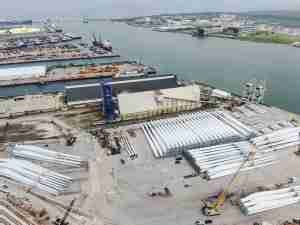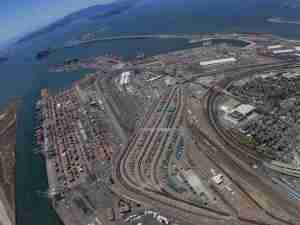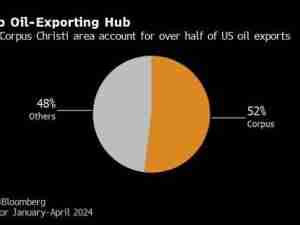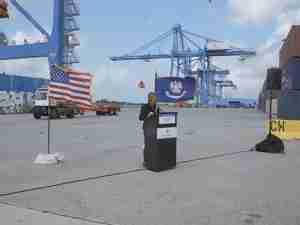Philippine port congestion is hurting the economy
By: Reuters | Sep 08 2014 at 04:55 AM | Ports & Terminals
Severe congestion at the Philippines’ main seaport due to rules restricting truck access is hurting the economy, President Benigno Aquino said on Monday, hinting it could put this year’s growth target at risk.
Aquino said the government is doing all it can to ease congestion at the Manila port, and to prevent the supply chain problem from pushing up food prices, which have reached five-year highs.
“We ask for forgiveness from the public,” Aquino told reporters. “There is an impact of this congestion on the growth of our economy.”
Import growth fell for two straight months in May and June, a sign of the economic impact of the port congestion.
The congestion began in February, when the city government of Manila - the historical part of the much larger Metropolitan Manila area - banned trucks from being on roads between 5 am and 9 pm to address monstrous traffic in the city.
That effectively prevented trucks from leaving or entering the country’s busiest port for 16 hours a day.
To try to deal with the problem, the government has opened a “trade lane” into the port area that is always open. That has cut the backlog of containers to load and unload, but far from ended it as trucks face long waiting lines.
USING OTHER PORTS
Also, authorities have urged shipping firms to use under-utilized seaports outside Manila. It has opened yards in economic zones where empty containers can be moved.
Aquino said he does not want the situation to “exacerbate problems like increasing prices for food because of the difficulty in the transport and logistics.”
“Bear in mind that we can sacrifice somewhat here or have longer-term effects that everybody will suffer from because of this phenomenon that has happened,” the president said.
Consumer prices hovered at near three-year highs in August, while core inflation, which takes out volatile items in the consumer basket to measure the underlying trend in prices, climbed to a 17-month high last month, due to higher food costs.
The government wants to keep inflation between 3-5 percent this year as it aims to get the consumption-driven economy to grow 6.5-7.5 percent this year after 7.2 percent last year.
To achieve this year’s target, growth should be least 6.9 percent in the second half of the year, according to Arsenio Balisacan, socioeconomic planning secretary said, following a 6.0 percent growth in the first half. (Reporting by Karen Lema; Editing by Richard Borsuk)











